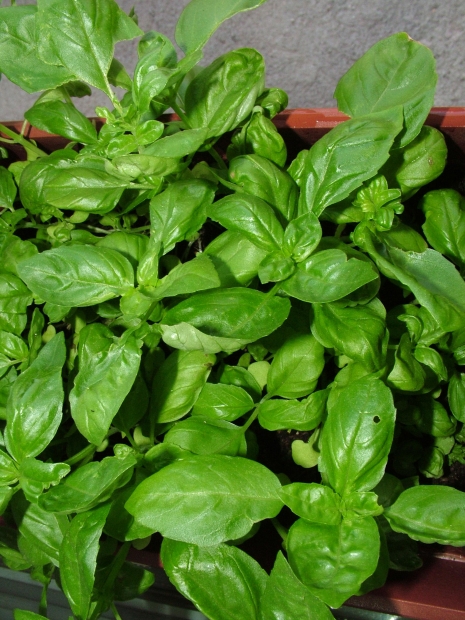 Loading... Please wait...
Loading... Please wait...Save Money. Grow Your Own!
Fast Plain Box Shipping.
We ship to the US & Canada.
Grow Your Own!
What is Sea of Green?
Posted on 8th Jul 2015
Want to learn more about new kinds of techniques for growing green plants? The world of hydroponics is a complex one, and people are always coming up with new ways to achieve better yields and nurture plants better. Some of these have to do with controlling the plant's atmosphere, levels of carbon dioxide, pH value, temperature and humidity and more. Others have to do with manipulating the plant itself, dealing with seedlings in specific ways, cutting pieces of plants, or trying to control flowering phases.

Other types of conventions, like sea of green, involve the positioning of plants to utilize all of the benefits of a grow box or grow space.
What is Sea of Green?
In a sea of green or SOG technique, you get young plants and put them all together in a small space. Then you induce flowering early. What you get is a higher compact yield per square foot.
In sea of green, plants are situated in a kind of canopy where they share resources such as light. They're not spaced out as they would be in some other kinds of setups.
Benefits of Sea of Green
Part of the benefit of this sea of green technique is that growers get more harvest from a set space.
Another part of this equation is that they also get a shorter grow cycles. By going to 12/12 light cycles in order to induce flowering, growers take less time for each individual crop cycle, to turn over plants more quickly in a hydroponics space.
Sea of green is not the only such method for controlling yields and maximizing growth. Another similar canopy approach is called screen of green or SCROG -- then there are other setups that allow plants to get more of the artificial light growers use to help them achieve photosynthesis.
Aside from knowing these types of strategies, growers have to know everything else about how to build a good atmosphere for plants. They have to understand things like nutrient mixes, parts per million of various chemicals, and the acidity of reservoir water.
For more information on all of these aspects of hydroponics, check out Dealzer’s website. We maintain a comprehensive product catalog, but we also offer a lot of information, whether that's how-tos from other growers, or scientific articles and resources featuring new advances. Take a look and see what we have to offer to help you achieve your hydroponic dreams.
